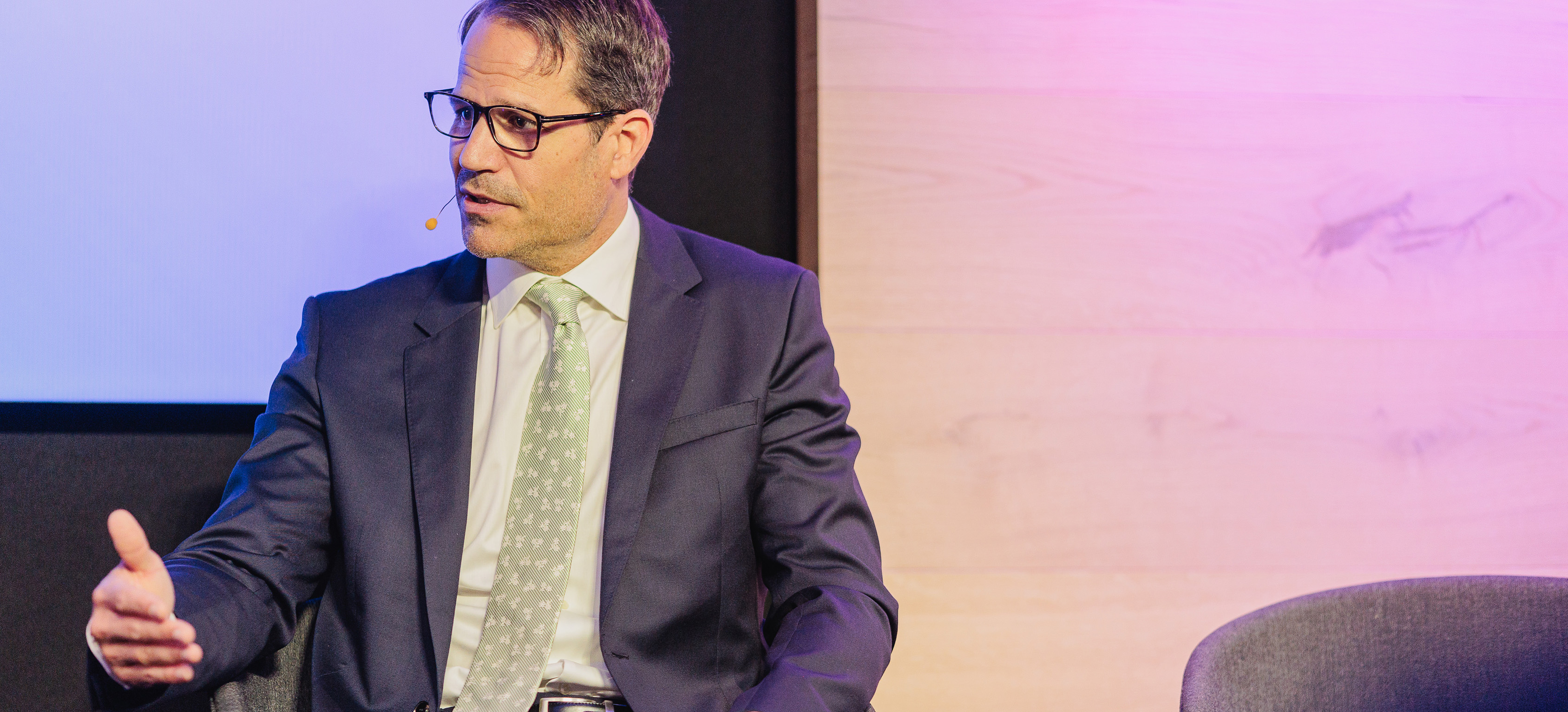A loud and clear signal that industrial scale CCS is achievable
This was one of the key messages from Giv Brantenberg, General Manager for HeidelbergCement Northern Europe at the Northern Lights Summit in Brussels last week.
The strong belief in CCS is based on a fruitful collaboration between politics and industry across the CCS value chain in Norway, Brantenberg stated.
Watch the full recording of Northern Light summit 2022 here
"We are now reconstructing more or less our entire cement plant in Brevik, a process filled with challenges and learnings, but with a clear target for us as a market leader to put cement with a fundamental cut in CO2-impact on the market in 2024. Something we know our customers and the construction industry is eager for," Brantenberg said.
Industrial scale CCS fundamental to cross the finish line in time
Brantenberg also mentioned that conventional measures such as fossil fuel substitution, increased energy efficiency and the use of alternative materials will continue to be key pathways on HeidelbergCement’s journey to net zero. HeidelbergCement has industry leading reduction targets and will by 2030 as a Group cut emissions by 50%. "Rapidly paving the way for industrial scale CCS is fundamental to cross the finish line in time," Brantenberg added.
"The development in Brevik CCS and Longship sends a loud and clear signal that industrial scale CCS in our industry is achievable. A solution pin-pointed by the IPCC as key to reach 1.5 degrees is now being built at industrial scale in cement industry. Transformation of a hard to abate-sector is happening as we speak. Regulators, policy-makers, investors, customers and our entire value chain all take note and see the benefits. The climate benefit to our value chain and society at large is significant. "
CCS project in Brevik is only the beginning
HeidelbergCement’s Manager for Northern Europe said that the Brevik CCS and the Longship program set the foundation for HeidelbergCement in the Nordics to take the next step. "The CCS project in Brevik is only the beginning for us," Brantenberg stated.
"In 2030 a CO2-capture facility over four times as large as the one being built in Brevik will be in operation in Sweden at the Slite cement plant, one of Europe’s largest. We will capture up to 1.8 million tons of CO2 yearly. One single project will cut more than 3 % of Sweden’s combined emissions and completely flip the story of concrete – from a high emitting building material to a carbon sink," noted Brantenberg
Further initiatives needed to continue the positive development
Brevik CCS and the Longship have indeed succeeded in starting to push international policy makers and regulators.
"Further initiatives need to be taken faster within the EU- countries by creating financial incentives, enabling infrastructure for CO2-handling and creating a regulatory environment supporting both CCS investments and CO2 storage developments," Brantenberg said.

